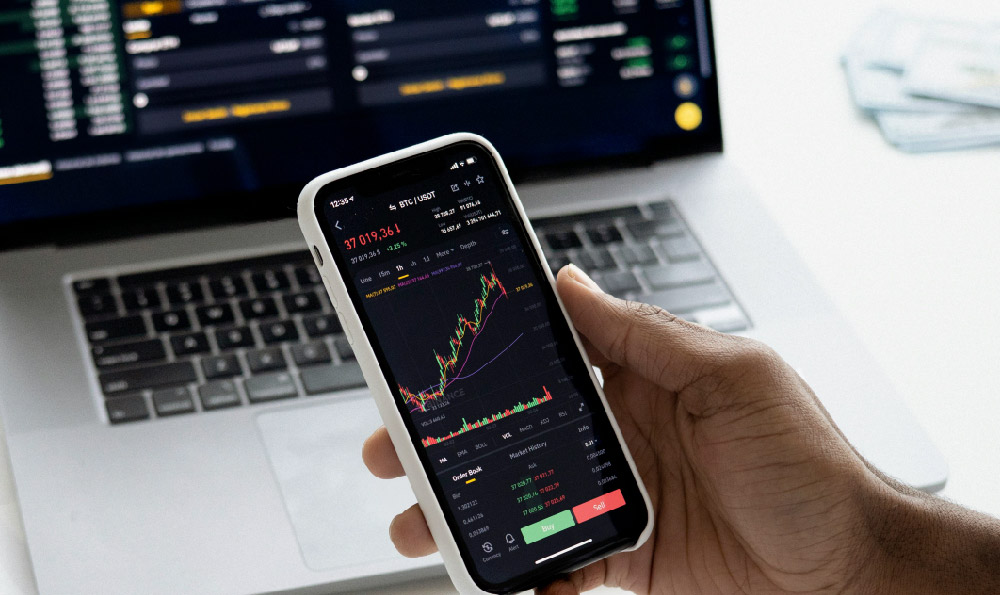How Much & Why So Little? NFL Cheerleader Pay Explained
The question of NFL cheerleader pay often sparks outrage and bewilderment: How can these highly visible, physically demanding performers, who represent billion-dollar franchises, earn so little? The answer is a complex tapestry woven with historical precedent, legal loopholes, market dynamics, and, frankly, a significant dose of societal undervaluation of traditionally "female" labor.
Historically, cheerleading’s transition from an all-male activity to its current predominantly female composition laid the groundwork for its devaluation. As women took over the role, it became increasingly viewed as a hobby or passion pursuit, rather than a professional career demanding fair compensation. This perception, deeply ingrained in cultural biases, allowed teams to rationalize paying cheerleaders significantly less than the athletes they support.
The core problem lies in the classification of cheerleaders. For years, they were primarily considered independent contractors rather than employees. This designation allowed teams to circumvent minimum wage laws, overtime pay requirements, and benefits packages afforded to regular employees. By classifying them as contractors, teams could argue that cheerleaders were essentially "freelancers" offering their services, and therefore responsible for their own taxes, insurance, and other expenses. This effectively shifted the financial burden onto the cheerleaders while shielding the teams from significant labor costs. The control teams exerted over cheerleaders’ lives and appearances – dictating hairstyles, weight, and even acceptable social media behavior – heavily contradicted the independent contractor classification.

Several lawsuits brought by former NFL cheerleaders against their teams have challenged this very classification, arguing that they were, in fact, employees due to the immense control exercised by the teams. These legal battles have highlighted the disparity between the demands placed on cheerleaders and the meager compensation they receive. Many cheerleaders reported working long hours, including practices, games, charity events, and mandatory appearances, often without adequate compensation for travel, meals, or even childcare. The legal victories have forced some teams to reclassify cheerleaders as employees and offer improved wages and benefits. However, the fight for fair pay is far from over.
The market dynamics also play a role. While the NFL generates billions in revenue, the supply of aspiring cheerleaders often outweighs the demand for them. This creates a situation where teams can offer relatively low pay, knowing that there will be a surplus of talented and enthusiastic individuals willing to accept the position, even at minimal wages. The sheer prestige of being an NFL cheerleader, coupled with the dreams of performing on a national stage, often overshadows the financial realities. Many young women view it as an opportunity to build their resume, gain exposure, and pursue their passion, often sacrificing financial security for the chance to participate.
Furthermore, the entertainment industry, in general, often relies on passion and exposure as alternative forms of compensation. The promise of fame, networking opportunities, and the chance to pursue other career paths within the entertainment industry often attracts individuals to low-paying roles. This dynamic is particularly prevalent in industries where there is a high level of competition and a perceived glamour associated with the work.
The lack of a strong union representing NFL cheerleaders further exacerbates the issue. Without a collective bargaining agreement, cheerleaders lack the leverage to negotiate for better wages, benefits, and working conditions. Individual attempts to negotiate are often met with resistance, as teams can easily replace cheerleaders who demand more money. A union would provide cheerleaders with a unified voice and the power to advocate for their rights, similar to the NFL Players Association, which represents the athletes.
The impact of social media, ironically, has both helped and hindered the cause. While some cheerleaders have leveraged their platforms to gain sponsorships and endorsement deals, supplementing their meager income, others have faced strict social media policies imposed by their teams, restricting their ability to express their views or promote themselves independently. Furthermore, the constant scrutiny and pressure to maintain a certain image can contribute to mental health issues and further exacerbate the stress of the job.
The path forward requires a multi-faceted approach. Continuing legal battles, increased public awareness, and the formation of a strong cheerleaders' union are crucial steps. Teams need to recognize the value and contribution of their cheerleaders and offer fair wages, benefits, and working conditions that reflect the demands of the job. Societal attitudes towards traditionally "female" labor need to evolve, acknowledging the skills, dedication, and athleticism required to perform at a professional level. Ultimately, the question of NFL cheerleader pay is not just about money; it's about respect, fairness, and recognizing the value of all contributors to the success of the league. The time has come for the NFL to address this disparity and ensure that its cheerleaders are compensated fairly for their hard work and dedication. Failing to do so perpetuates a cycle of exploitation and reinforces harmful societal biases. Only through meaningful change can the NFL truly claim to be a league that values all its members.















